Original source: Decrypt
Original Compilation: Old Yuppie
Original source: Decrypt
Original Compilation: Old Yuppie
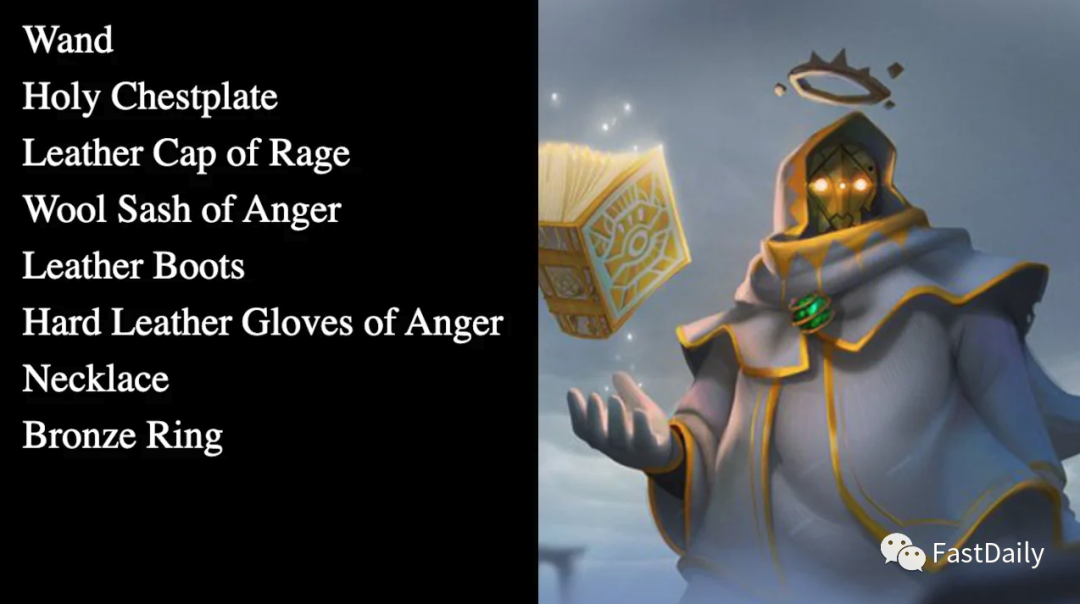
What happened to the Loot series NFT that was once popular?
image description
From Loot (left) to HyperLoot, the "Lootverse Loot Universe" is growing.
It all starts with a tweet.
Well-known in the tech world as the creator of the video app Vine, Dom Hofmann posted a mint message for a free Ethereum NFT with just white text on a black background. Loot (for Adventurers) includes 8,000 tokenized "bags" of fantasy weapons and items; "random adventurer gear," in Hofmann's words. It was cast in a few hours.
The hype will skyrocket, but it won't last. Although the average selling price of Loot NFT soared above 21ETH at about $84,000 at the time, the speculative frenzy quickly died down. Prices fell, trading volumes slowed, and the noise quieted down in the weeks following its launch. But Loot's creative spark is real.
A small community of creators continues to use NFTs as "scaffolding" to inspire a series of games and more innovations. A year after the hysteria, the builders of the "Lootverse" spoke to the press about building after the hype failed, why they believed it was the start of a creative revolution, and how to speed up "Loot 2."
first level title
paradigm shift
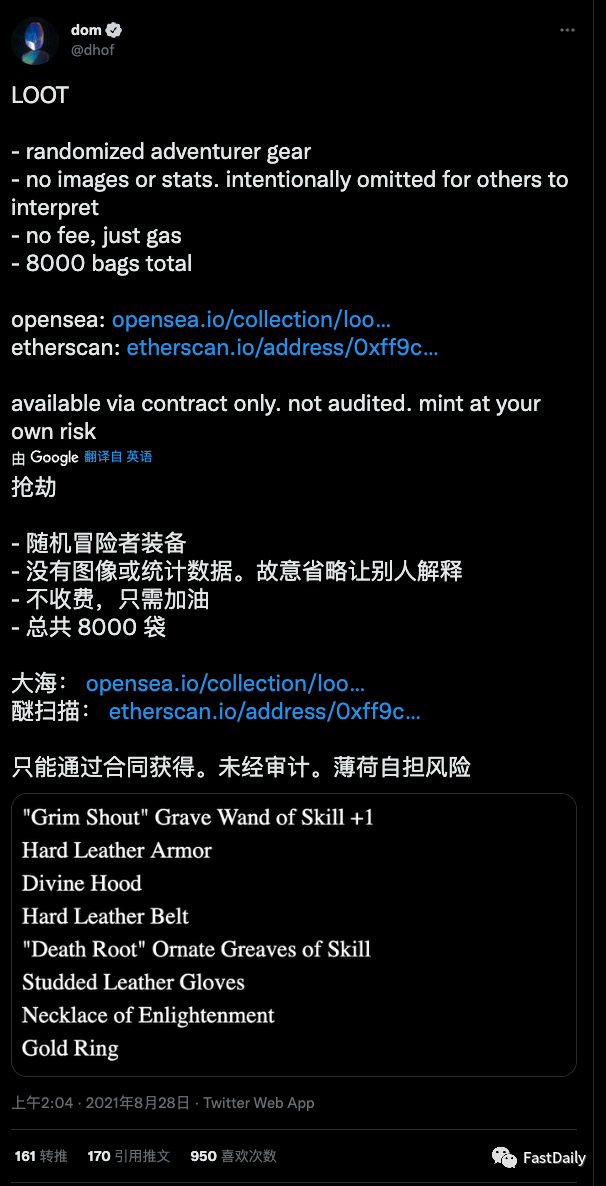
It was an experiment, and that's what he did with Loot. Aside from the ethereum network's own gas fees — the mandatory transaction fees paid to the network — he didn't charge anything to mint one of the 7,777 publicly available NFTs (the other 223 were reserved for Hofmann), nor was he in the Creator's royalties attached to secondary sales. Hofmann recently told the press that it "didn't feel right" to ask for money or expect royalties for such a risky project.
What happened to the Loot series NFT that was once popular?
Also, NFTs can only be minted directly from the smart contract itself — the code that executes the set of instructions and powers NFTs and decentralized applications — making it less accessible to casual users and crypto newcomers. It's a deliberate friction designed to appeal to experienced users, or those willing to break through the barriers, he said.
“These decisions were made to reinforce the project’s bottom-up drive and consensus-enhancing community spirit,” Hofmann said.
The loot is kept as simple as possible so that others can build on them what they want. Each NFT contains a simple Dungeons & Dragons-style inventory of items. For example, Bronze Ring or "Grim Shout" with skill +1, Grave Wand. There are no visual components or listing statistics. "Both things were intentionally omitted," Hofmann tweeted.
While Loot's unspecified list left some scratching their heads, many Web3 enthusiasts held their breath in praising its potential as a composable, blockchain-powered baseline for future fantasy games and media. What if Loot's bag could cause characters, worlds, and stories to all start from the same seed and grow together over time?
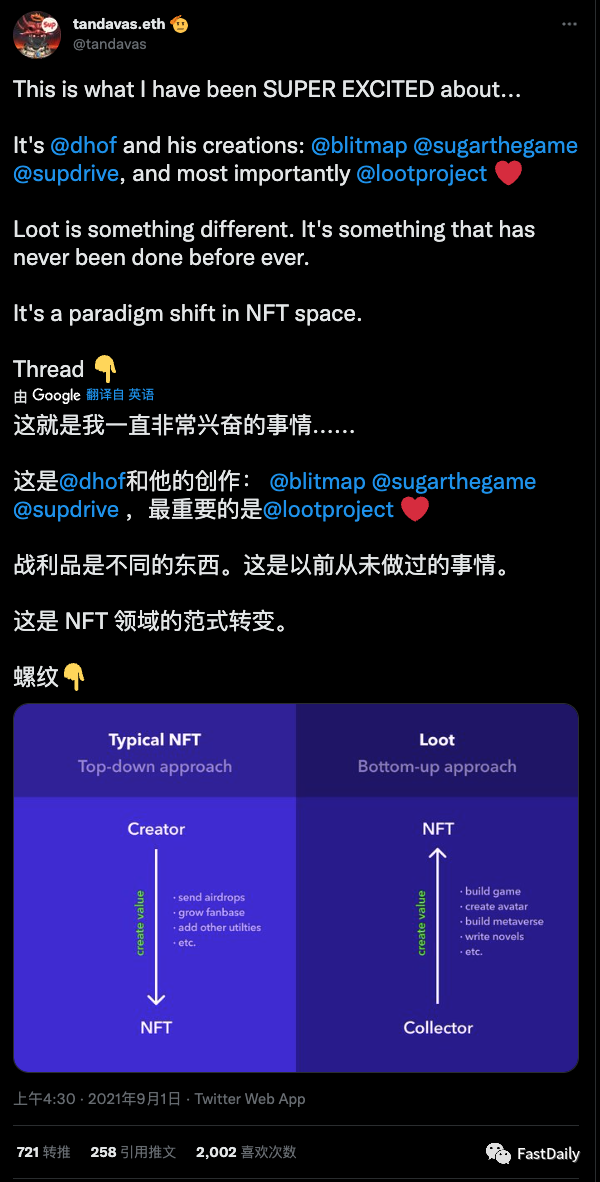
Software engineer Thanakron Tandavas called it a “paradigm shift for the NFT space” at launch, praising its bottom-up design that encourages community-led construction. PartyBid creator John Palmer likened its influence to NFT icon CryptoPunks, saying: "There was Loot, now there is After Loot." Even Ethereum creator Vitalik Buterin praised Loot's open approach.
The creators of Web3 took the cue. Within days, people were sharing their own artwork around Loot, along with guilds, music, lore, companion animals, and more. SyndicateDAO co-founder Will Papper even launched an adventure token (AGLD) for the ecosystem, and let Loot holders claim 10,000 tokens — at their peak, each NFT bag was worth $77,000.
It all helped fuel a brief but explosive market boom around NFTs, culminating in roughly $280 million worth of secondary trading volume to date, according to CryptoSlam. Last October, an NFT bag sold for over $1.4 million in ETH. Derivatives and knockoffs followed. The Loot revolution seems to be off to a fast start.
first level title
boom and bust
But the hype didn't last long. Last fall, Loot prices on the secondary market dropped rapidly as the NFT market itself cooled amid a drop in the value of Ethereum. According to CryptoSlam, demand collapsed 95% from $221 million in trade volume in September 2021 to just under $12 million in October.
For those spending tens of thousands of dollars on a Loot NFT, it can be difficult to find takers at a fraction of the price. Some speculators who hoped to turn profits quickly, their speculation was instead spoiled by Loot's brief moment of shining in the NFT spotlight. Today, the base price of Loot is probably the cheapest NFT on the market - only 0.93 ETH, or less than $1600.

A few months later, someone asked how that investment turned out. “It’s down 95%,” Samani admitted, but added: “The willingness to take the risk of losing 100% is very important to our long-term success.” Multicoin Capital declined to comment for this story.
What happened to the Loot series NFT that was once popular?
Ultimately, a rapid boom-and-bust speculative cycle cast a pall over the Loot project. The excitement about open-source, composables has been largely overshadowed by the outlandish sums some are paying for NFTs, and how much money some buyers believe lost when Loot’s market value evaporated.
Hofmann himself never promised NFT buyers anything. However, given the hype cycle, expectations are high. Where the hell are the games based on Loot, some people have asked aloud. Creative projects can take a considerable amount of time to execute, but that doesn't live up to the fast-moving NFT space and impatient investors' expectations for quick returns.
Hofmann told the press that he was reflecting on this moment: "The hype has a role to play, it starts to reinforce itself and finds itself outside the core concept and the actual work being done, timelines and expectations can be distorted, which can create Some noise and friction."
Threepwave, creator of the Loot dungeon map project Crypts & Caverns and developer and builder of the Lootverse game Realms, said: "Loot became unbelievably popular and then unbelievably unpopular, some of my friends They were like, 'What are you doing? You're crazy.' The hacking thing cost me a lot of money. It got a bad reputation among people."
LordOfAFew, founder of Pseudonym Realms, cites Loot's "boom and bust cycles" and admits that fewer creators have entered the space since its launch last year. Still, he said, many builders persevere despite falling NFT prices and dwindling attention. "It's not scary at all for them," he said.
first level title
Enter the Lootverse
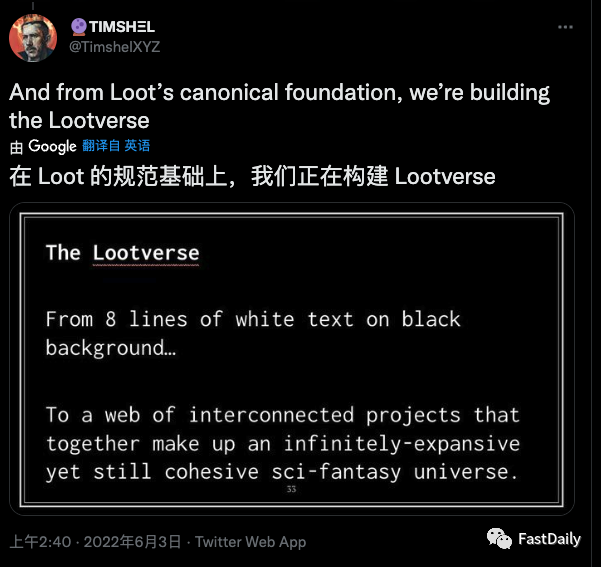
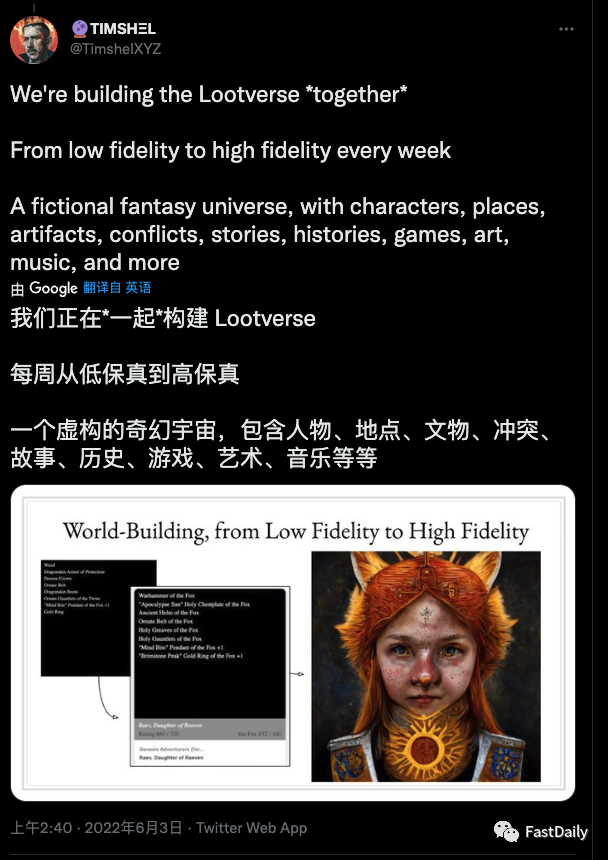
What happened to the Loot series NFT that was once popular?
What happened to the Loot series NFT that was once popular?
In addition to the initial experimental derivatives from various creators, Timshel and fellow builders LootHero and Peter Watts discovered a hidden classification and rating system in Loot's smart contract code data that allowed for the development of more consistent lore around bags.
This led to the creation of Genesis Loot - supposedly community-driven bags held by early adventurers of Loot lore, and a lore development kit that provides guidelines that builders can utilize if they so choose. Meanwhile, Banners, a Lootverse NFT project, claims to provide a “social and political layer to Loot.”
Crypts & Caverns is a key part of the on-chain Lootverse infrastructure, providing builders with dungeon maps to incorporate into games and apps, potentially saving a time-intensive step. Threepwave told the press: "Right now you're at least pretty far toward making a decent dungeon crawler or exploration game."
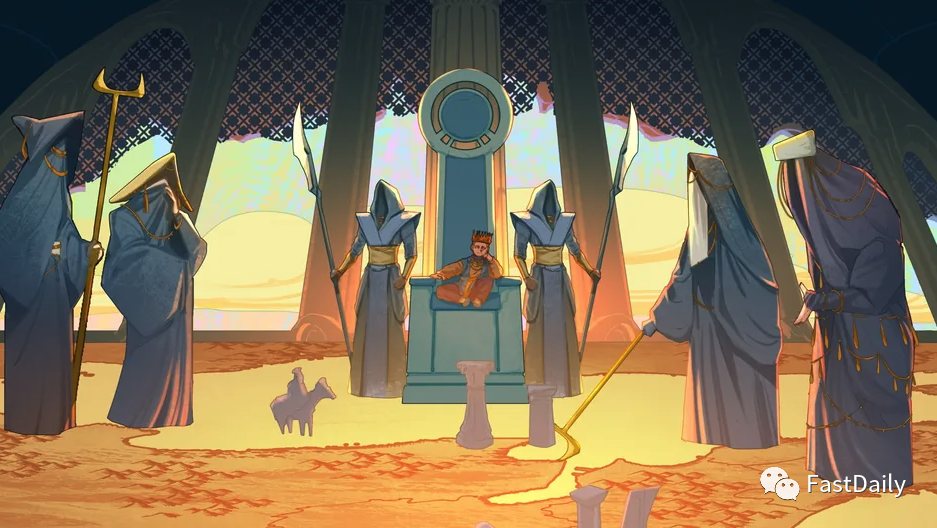
What happened to the Loot series NFT that was once popular?
image description
Artwork from the loot-inspired game Realms
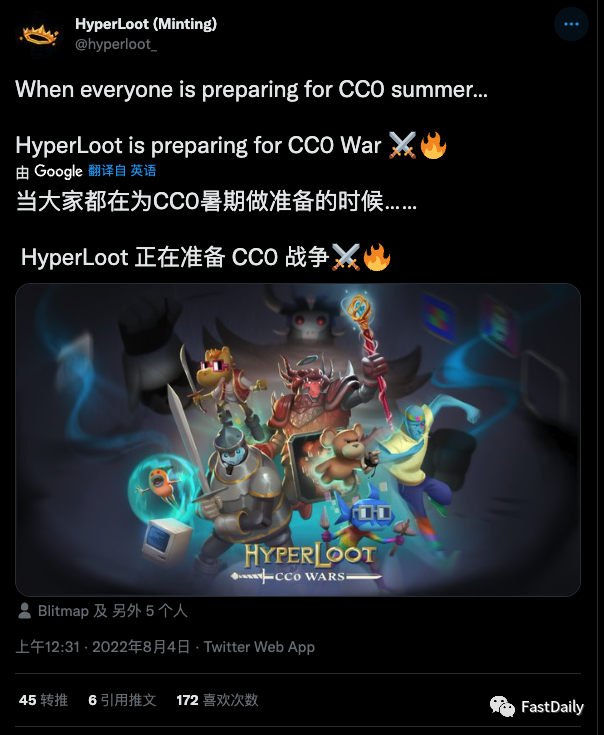
However, Loot's community does more than just birth the game and the associated infrastructure. It also produces stories and pushes the boundaries of on-chain stories. Timshel's Open Quill Collective is compiling a Loot-inspired storybook, which will be released as a physical book and as an NFT, with stories readable on the Ethereum blockchain.
The NFT for the book, The Eye (for Adventurers), started mint this weekend. But it's not just a loot-based storybook. The NFT is also the key to publishing works through The Librarium, a new Ethereum platform for on-chain storytelling. Loot gave birth to the Lootverse, and now the Lootverse can help others make other breakthroughs in Web3 authoring.
Hofmann said of the ever-expanding Lootverse: "It's been very inspiring, more than I could have imagined. I've been lucky in the past to build things that were taken by creators, but this one feels and continues to feel different. So much I respect people are involved in this project.”
first level title
Loot's future
The challenges facing the Lootverse go beyond the coordination problems of many decentralized communities. One hurdle, Threepwave says, is the lack of a strong hand to guide infrastructure development and collaborative efforts. Multiple builders told the press that the bigger question surrounding Loot has to do with how to create incentives for further growth.
Loot is free, so there are no major sales revenues, and no initial royalties set, which means gradually no money flows into the community DAO treasury. Builders can create and sell their own NFTs to fund Loot-inspired projects, as some have done, but the market for those projects has thinned.
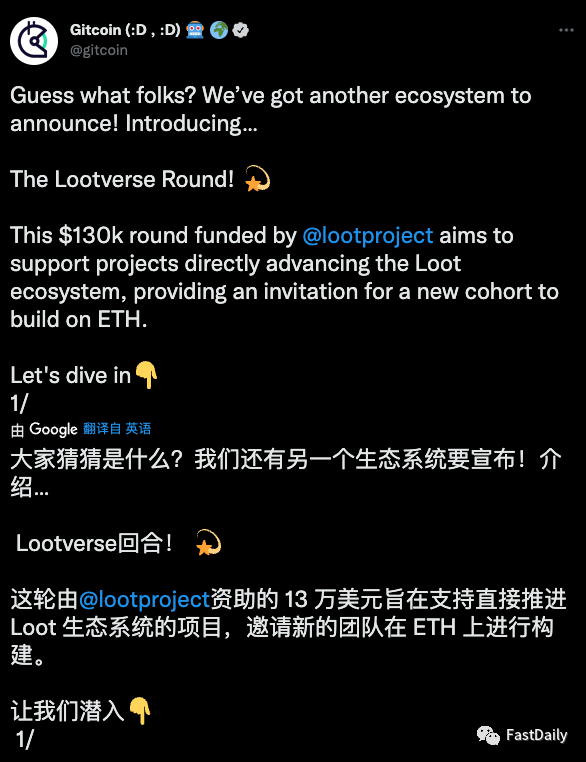
After the initial Loot craze faded, NFT holders voted to add a 5% royalty on secondary sales, which helped drive several small funding rounds, including Gitcoin for Loot-based projects. They are relatively mild rewards. After all, royalties were added after most high-value Loot sales, and relatively little ETH went into the DAO.
What happened to the Loot series NFT that was once popular?
According to Threepwave's estimates, Loot's community includes about 150 active builders facing funding issues? How to deal with it? The answer may come unexpectedly from "Loot 2."
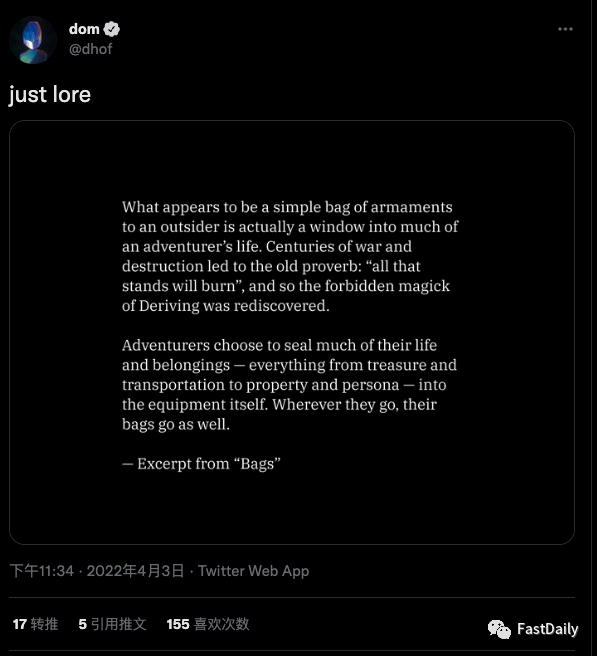
The currently proposed next-generation Loot NFT project will seek to provide “an upgraded foundation for the Lootverse,” Timshel said, while the new Loot bags will be similar – but “more vibrant and alive.” He pointed to Hofmann's "Just Tales" tweet from April, which included a passage suggesting that the contents of the bag's contained grand adventures.
What happened to the Loot series NFT that was once popular?
Timshel explains the premise: "The bag is actually an infinite container that contains the universe, and each bag is alive, not just like a bag of trash on the ground. It's almost like a fantasy wallet that holds your stuff .This "wallet" can also contain content such as media, characters, history, passes, and equipment.
In other words, it sounds a bit like a passport to the budding Lootverse. And for those builders who bring this space to life, the revised rollout and model will allow the DAO behind the project to offer Loot NFTs as a form of equity (or payment) in exchange for tokens that benefit the wider Loot community. Serve.
"It really felt like a grand new fantasy world was being built and nurtured by the community," Hofmann said.